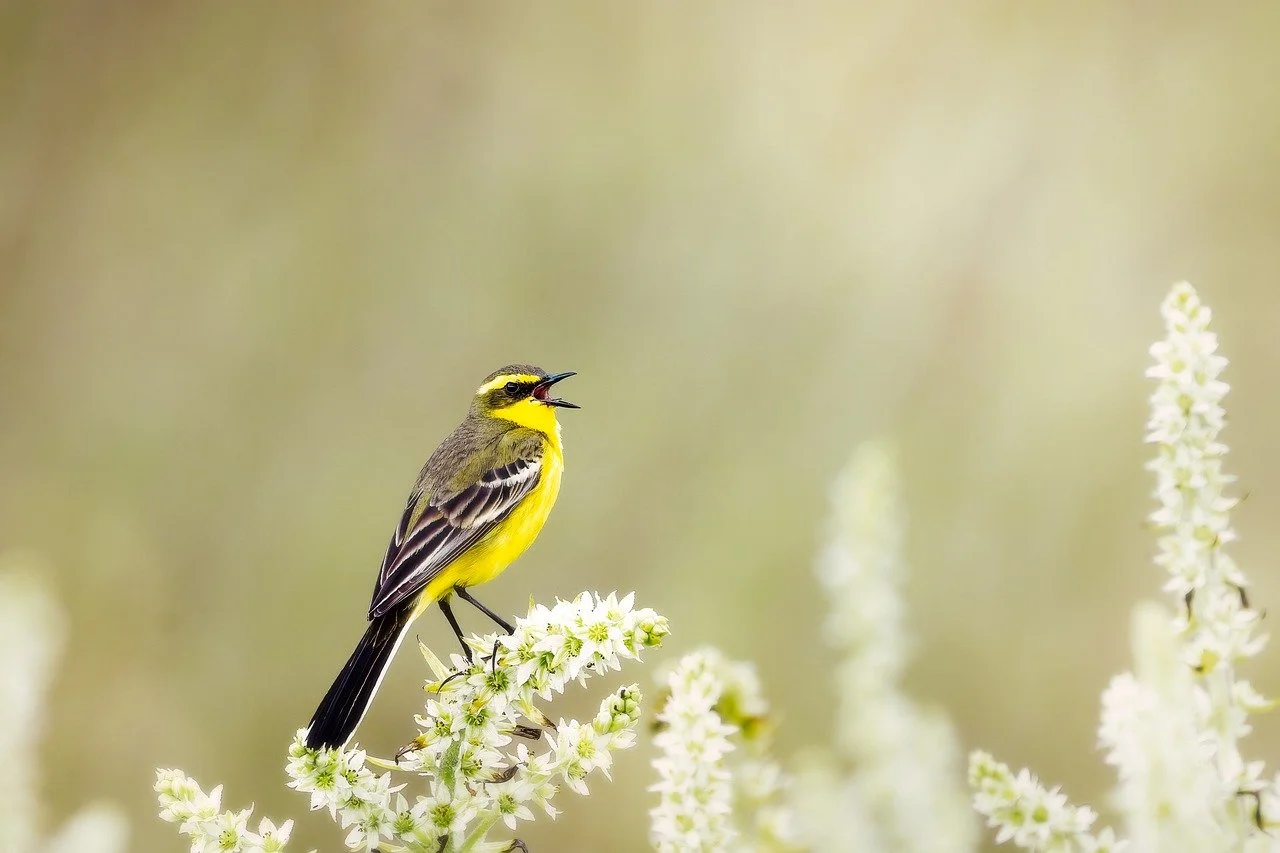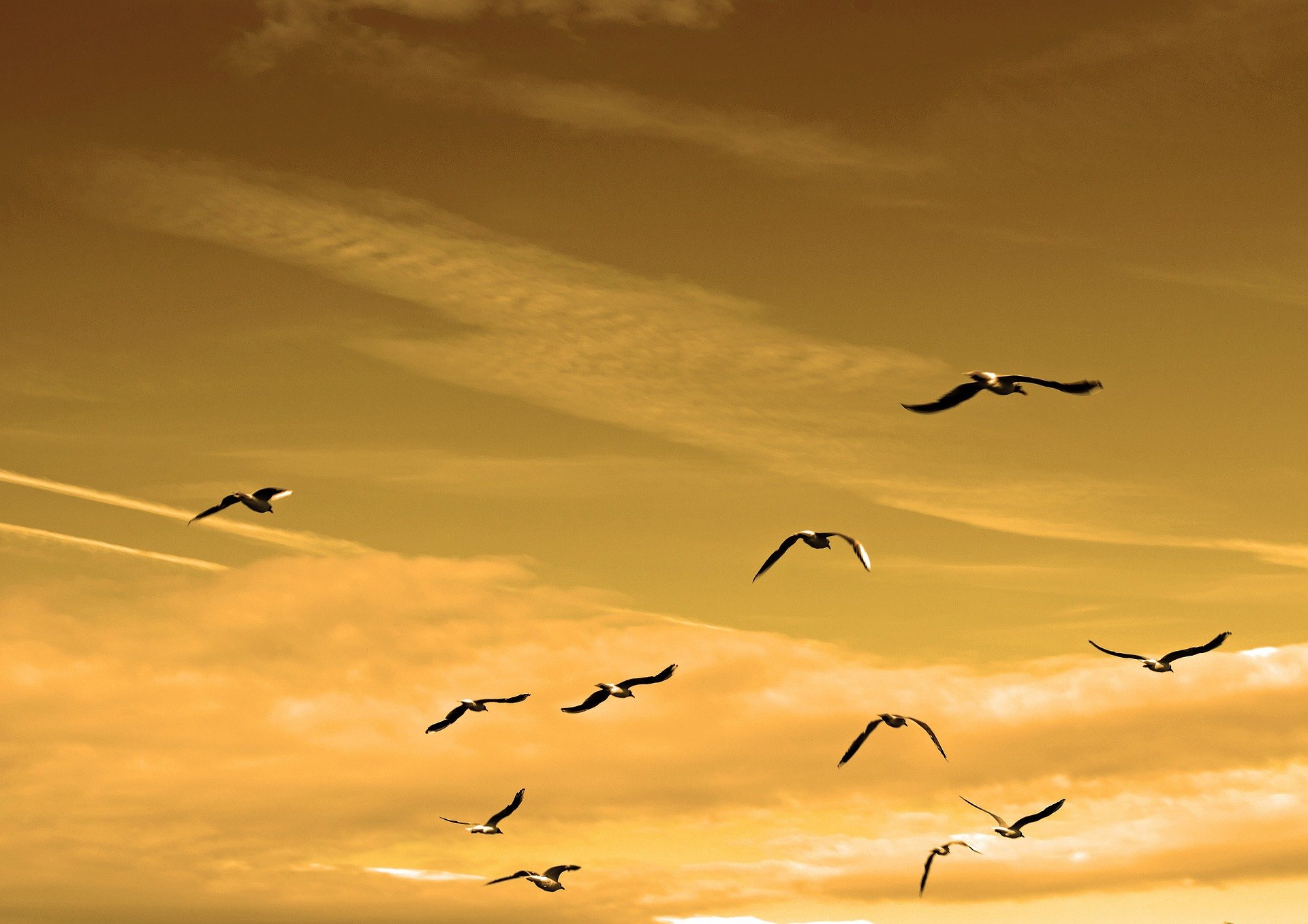
The Latest Statistics.
It is estimated one third of global bird species may be extinct by the end of the 21st century.
Bird populations are in decline.
5 of the Most Endangered Birds in Britain
Turtle Dove
The UK’s fastest declining bird species, threatened with global extinction and according to the RSPB the most likely bird on British shores to go extinct in the next few decades, the turtle dove is in serious trouble. Due to years of hunting the species saw a sharp decline in numbers, it was only in 2021 that Spain, France and Portugal declared it illegal to continue to hunt them. Conservation projects to protect the birds in the UK have been slow but steady. The Knepp Rewilding Project currently welcomes 23 breeding pairs, an increase from none when the project began in 2003.
Greenfinch
In 1974 the Reader’s Digest Book of British Birds wrote about the greenfinch that “in recent years these stout-billed seed-eaters have been well rewarded for their age-old attachment to man, they have greatly increased in numbers.” Now however, the bird has jumped straight from the Green to Red List due to a severe outbreak of trichomonosis, a disease caused by a parasite which makes it difficult to swallow, eat or breathe.
Tree Sparrow
An estimated population decline of 93%, 30 million have disappeared since 1970 according to the RSPB. Intensive farming has led to a shortage of seed left in fields after harvesting and the birds struggle to adequately feed themselves. Loss of habitat is thought to be another main cause of their decline. In positive news, some efforts to repopulate the species have proven successful. Between 2012 and 2018 the number of tree sparrows nesting at The Leas and Whitburn Coastal Park increased from 2 to 120 according to the BBC.
Swift
Capable of eating, bathing, mating and sleeping all while flying, the swift, often confused with sand martins and house martins has seen numbers dramatically fall in recent years. Swifts are capable of eating 100,000 insects a day, their main source of food. However, due to human activity, flying insects populations too have fallen which has led to the decrease in swift populations as they struggle to feed themselves. The birds, which mate for life, and nest in holes in building or under roof tiles, now also have fewer nesting sites due to building demolition.
Puffin
As is the case with the vast majority of endangered birds, human activity seems to be the main cause. Overfishing depletes the puffins main food source and the pollution of the seas has led to illness and disease. Single use plastics discarded into the sea also pose the risk of suffocation as the birds easily choke on them. The warming of the seas has also had an impact on the food source of the puffin, the sand eel. Sand eels have become more scarce and many puffins now continue to die of starvation as their food source is depleted.

The Red List
The Birds of Conservation Concern (BoCC) Red List identifies birds in the UK, Channel Islands, and Isle of Man that are most in need of conservation help. Species on the Red List are threatened with extinction or have suffered severe declines. in the UK there are 70 birds currently on the Red List, last updated in December 2021. They include:
-
Ptarmigan
-
Greenfinch
-
Swift
-
Purple Sandpiper
-
Leach's Storm Petrel
-
Montagu's Harrier
-
House Martin
-
Goldeneye
-
Bewick's Swan
-
Smew
-
Dunlin
-
Grey Partridge
-
Capercaillie
-
Black Grouse
-
White-fronted Goose
-
Long-tailed Duck
-
Velvet Scoter
-
Common Scoter
-
Pochard
-
Scaup
-
Red-necked Grebe
-
Stavonian Grebe
-
Turtle Dove
-
Cuckoo
-
Corncrake
-
Belearic Shearwater
-
Shag
-
Dotterel
-
Ringed Plover
- Ptarmigan - Greenfinch - Swift - Purple Sandpiper - Leach's Storm Petrel - Montagu's Harrier - House Martin - Goldeneye - Bewick's Swan - Smew - Dunlin - Grey Partridge - Capercaillie - Black Grouse - White-fronted Goose - Long-tailed Duck - Velvet Scoter - Common Scoter - Pochard - Scaup - Red-necked Grebe - Stavonian Grebe - Turtle Dove - Cuckoo - Corncrake - Belearic Shearwater - Shag - Dotterel - Ringed Plover
The figures can often seem bleak and overwhelming, however these population declines are not irreversible and great efforts have been made in halting and reversing the falling bird populations. See our blogs section for the most recent conservation projects and success stories.









